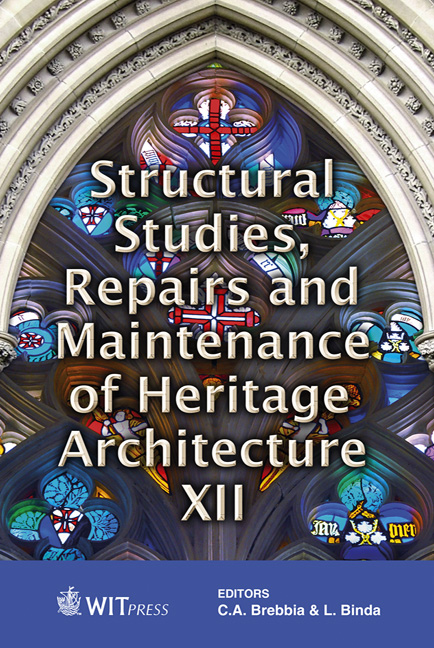Turn Of The Century Architecture In Transylvania, Romania And Its Influences From The Architecture Of Hungary
Price
Free (open access)
Transaction
Volume
118
Pages
13
Page Range
21 - 33
Published
2011
Size
5,434 kb
Paper DOI
10.2495/STR110031
Copyright
WIT Press
Author(s)
M. B Dan
Abstract
A common feature of turn-of-the-century architecture in Hungary was the innovation in the façades, but there was innovation in the use of construction materials as well. István Medgyaszay promoted the introduction of a special form language to do justice to the employment of reinforced concrete. The architect not only conducted theoretical discourse, but also put into practice these thoughts in buildings like the theatre in Veszprém, Hungary. Other buildings use a form language adequate for reinforced concrete, such as the multi-story block of flats on Népszinház Street, Budapest, Hungary, by the architect Béla Lajta. Such uses of different materials for a form language which would have required reinforced concrete are not singular in the architecture of the time, as other considerations such as material costs or the development of the technique played a role. Numerous architects who studied or worked in Budapest built in Transylvania, now Romania, at the turn-of-the-century. The city most marked by such buildings is Oradea. In Oradea the Moskovits Palace uses for the first time the Hennebique technique with floors out of plates with reinforced concrete nervures. Also, in other cities of Transylvania there are buildings of Hungarian architects, such as Cluj-Napoca or Târgu Mureş. In Cluj-Napoca we remark on the architecture of Károly Kós, whose original architecture involves folk elements and has inspired one of the best known architects of today: Imre Makovecz. Imre Makovecz, in his church from Százhalombatta, found an architectural language between reinforced concrete and timber as it was theoretically described by Medgyaszay. Keywords: secession, Oradea, Romania, Hungary, early reinforced concrete.
Keywords
secession, Oradea, Romania, Hungary, early reinforced concrete




